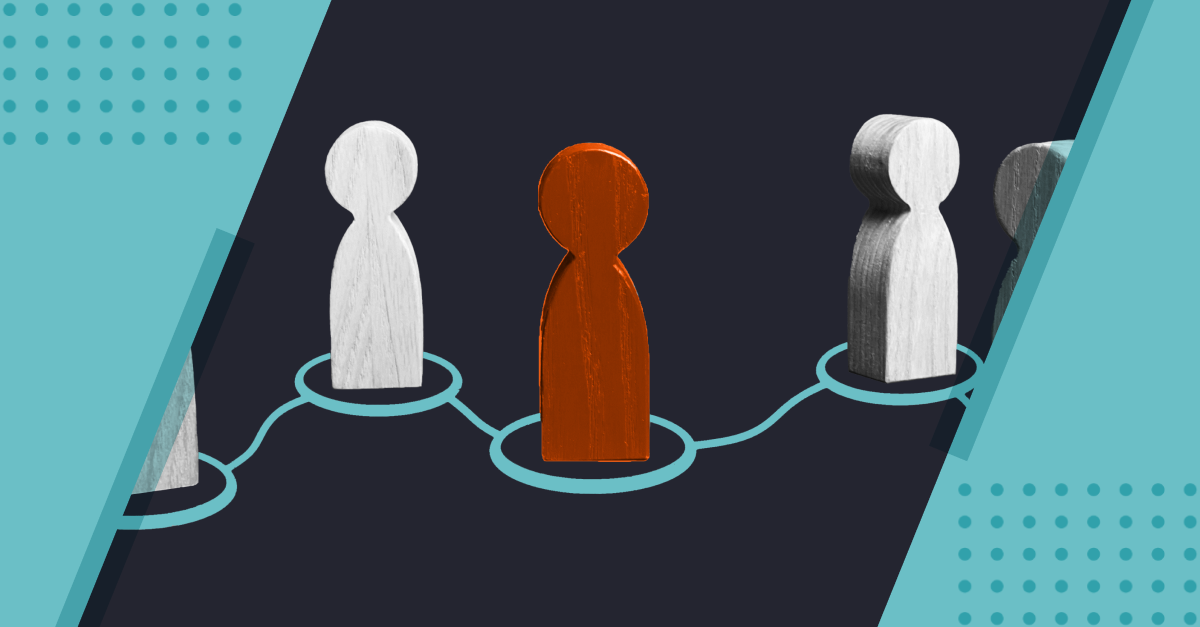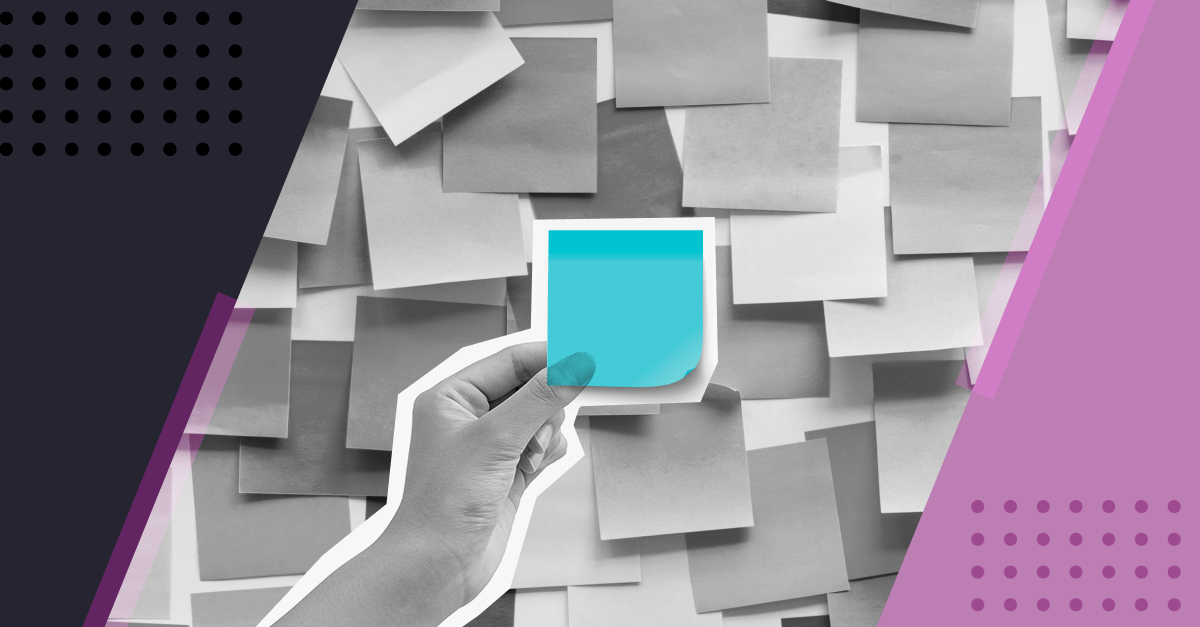
This article is all about planning and developing your brand to target more right-fit customers – but what do we mean by "right-fit" customers?
Firstly, consider the amount of time and effort you have to expend to get a customer, attract them, engage with them and convert the sale. Then consider the time and effort it takes to support that customer and deliver the products and services they demand.
That's quite an outlay in time and resources, and your business will always look for the greatest return on investment.
The more profitable a customer is, the better. Some customers will be more profitable than others, and some may be costly to deal with and retain.
Even from the simple perspective of payment, it should be evident that some customers are better payers than others. Delays to payment are costly and hinder both cash flow and the ability to invest, not to mention the potential they have for bringing a business to its knees if debts owing are significant.
A business with regular prompt payers is much healthier than a business that has to wait an undetermined amount of time for customers to pay.
But other factors define the difference between a poor-fit customer and a right-fit customer. Here are some typical problematic customers you might recognise.
The Indecisive Prospect
The buyer who can't decide what they want. Who moves the goalposts every week. They don't know what they are looking for and don't have the time or inclination to research their own needs and requirements. It may be a team of buyers who can't agree on specifications, or perhaps they are all looking for different things from a potential solution – they might even be asking for diametric requirements that are impossible to reconcile. Maybe the buyer changes every few weeks – and each new person starts the process again.
The High Maintenance Customer
The demanding buyer who wants everything and wants it yesterday. They want to question everything, specify everything, check everything, and they want you to do all the work. You will run around in circles trying to keep them happy. Once they have (eventually) bought, they will demand high levels of support, maintenance and handholding. This kind of customer can be the costliest to you – tying up a disproportionate level of resources and time.
The Wrong Customer
A customer who has bought the wrong product or service. For whatever reason, they are trying to make the solution do something it wasn't designed to do. It may even be that you've encouraged this to make the sale. If not, you will end up with a dissatisfied customer complaining to all who will listen and a potential refund situation. This ends up being a mistake as time and resources will be needed to sustain this customer, proving costly to the business if you can manage it.
The Badly Informed Customer
Another costly type of customer is the one that thinks they need something they don't, or who doesn't understand the product or service, or maybe, they don't understand the entire topic. It will be up to you to educate them, carefully guide them through an overview, help them properly define their needs and lead them to the correct solution.
The Disorganised Customer
You may come across customers that are unreliable or disorganised. They don't do what they say they will do, don't provide the required information, or provide the wrong information. Dealing with them becomes a nightmare of missed meetings, phone tag and miscommunication.
The Unethical Customer
Depending on your business's ethical policies and how damaged they might be by being associated with an unethical client, this customer category may prove problematic. Whether they follow unethical business practices or mistreat their staff, you may want to ask yourself if you want to be selling to them. Remember, if a business is dishonest, you are just as likely to fall foul of their business practices as anyone else – in fact, as a supplier, it is even more likely.
The Irresponsible Customer
Perhaps you have a customer that doesn't care about the planet and is damaging the environment in some way – through pollution or harmful waste practices. Again, it will be up to you to decide whether you want this kind of customer, bearing in mind that the pressure to care for the environment will only increase over the coming years. How would your investors feel about trading with such a company?
The Fleeting Customer
This group of customers are those that buy one thing from you once. There could be all sorts of reasons why they only buy from you once – but they are not as valuable as a customer who comes back again and again with repeat business and is loyal to you.
Retained customers need less support and maintenance. They require less in the way of education. They may even become loyal brand ambassadors, singing your praises to their peers, bringing in low cost and pre-qualified leads.
Many of these examples could harm your growth.
These are customers that cost you more time and resources than a 'right-fit customer or customers that could damage your reputation – which will also affect your success in the long run.
So how do you ensure you only gain the right fit customers? How do you avoid the expenses associated with poor customers?
The Power of Branding
Companies have brands to differentiate themselves from their competitors. That differentiation is designed to attract particular customers. Branding is the key to attracting the customers you want to have.
It's not a magic wand. Even with the most focused and targeted branding, you will still end up with the occasional nightmare customer, but having the appropriate branding will go a long way to filter out customers who aren't a good fit for your business.
What are the steps to take to create a brand that will reach more right-fit customers?
Who are you?
You need to start from a solid base – from knowing who you are as a business. What are your strengths and weaknesses? What are you good at, and what causes you trouble? What do you stand for – ethically and inspirationally? These will have been explored and defined in many businesses, resulting in a well thought through, robust business strategy. These considerations often determine the markets you enter, the products and services you develop and can even help shape your culture.
What do you do?
This is not straightforward, as what you do will also depend on who you want to sell to. After all, it is no good producing a service or product nobody wants. But your business strategy, along with your assets and capabilities, will broadly determine what products and services you will provide as part of your core business.
Having exclusive access to assets or possessing unique capabilities is a huge advantage, allowing you to develop products and services no competitor will be able to match. However, this is a rare situation – most assets and capabilities are not unique or beyond replication by a rival business.
Developing your core offerings will revolve around what you as a business can do well and what the market is looking for. Aligning what you are good at and what the customer wants is the key to a successful business.
Who do you want?
This is the crucial question, the very definition of a right-fit customer – who would make an ideal customer for your business? With that business being based on who you are and what you want to do.
The heart of this process is the definition of buyer personas – an outline of the customers you want to have.
Many businesses may start this process by looking at their existing customers, but this is a flawed approach – your current types of customers may not be the ones that will drive your business forward.
They may fall into one of the problem categories described earlier in this article and will be detrimental to your profitability and inhibit your growth.
Therefore, it is essential to undertake the development of buyer personas to identify your ideal customers – the ones that will help increase your profitability and grow your business.
What story do you tell?
Once you have defined your dream customers, it's time to target them with appropriate content that will attract, engage and convert. Having determined and planned your brand strategy, you will need to create and publish the right content, at the right time, on the right platforms to acquire right-fit customers.
Remember, branding is not just about how you look but about what you say and how you say it. Your tone of voice, character and attitude are all essential elements to perfect when creating content.
Content should be produced with the buyer profiles of your right-fit customers in front of mind.
Branding is about perception – how do your potential customers see you? You need to set up that perception, guide it and nurture it with stories.
Telling authentic stories is how you build an image of who you are and what you do in customer's minds. The nature of the stories you tell, and their content, will determine whether you attract and convert those desirable customers described in your buyer profiles.
The right branding will attract the right customers
If you get your branding right and tell the right stories, you will attract more right-fit customers, helping you to build growth and increase your profitability.



